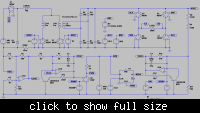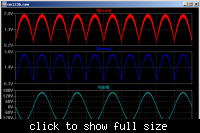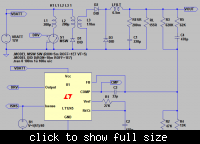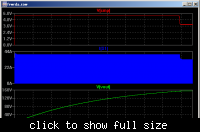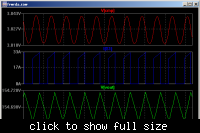binaryninja
Member level 3

Yeah, I didn't check it but I'm sure it's probably just a square wave.
If anyone is interested...
Upon further research, it seems like the most common method is to use a push-pull topology to convert the 12VDC to 12VAC at high frequency, use a hf transformer to step-up to ~110VAC, then rectify to ~180VDC. Then this is inverted using H-bridge to 110VAC at 60Hz. Also, a LPF is used either after the rectification or the H-bridge to get a sine. So the high frequency operation is in the front-end to step up the input voltage. Later, in the H-bridge the desired output frequency (50/60Hz) is used. Otherwise, a large transformer is needed if not using a high frequency front-end.
If anyone is interested...
Upon further research, it seems like the most common method is to use a push-pull topology to convert the 12VDC to 12VAC at high frequency, use a hf transformer to step-up to ~110VAC, then rectify to ~180VDC. Then this is inverted using H-bridge to 110VAC at 60Hz. Also, a LPF is used either after the rectification or the H-bridge to get a sine. So the high frequency operation is in the front-end to step up the input voltage. Later, in the H-bridge the desired output frequency (50/60Hz) is used. Otherwise, a large transformer is needed if not using a high frequency front-end.

